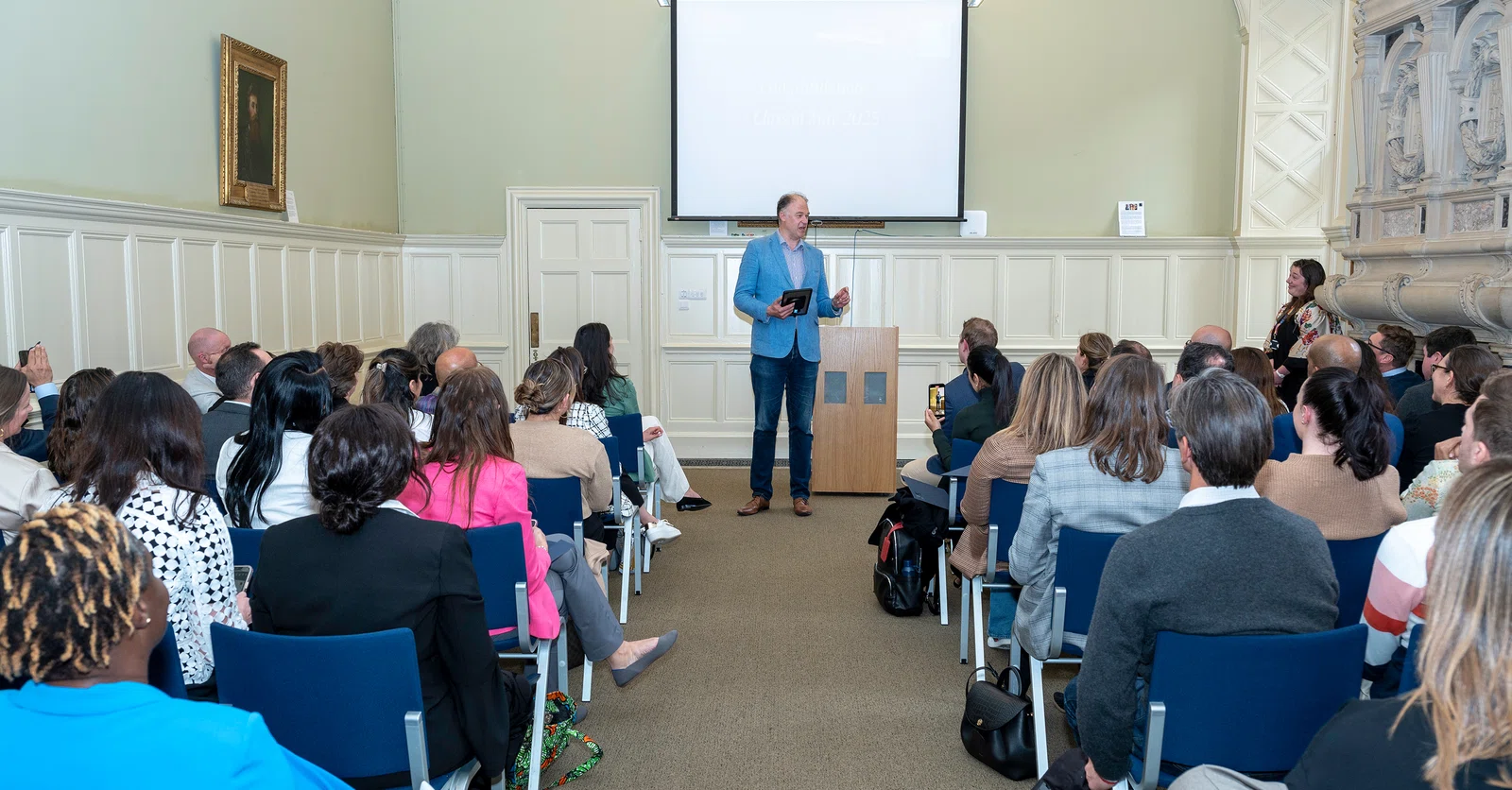
Close
result
In the eye of the storm

The transformation journey of an organisation is an emotional one – and the chief of staff is right in the middle of it.
‘Strategy, leadership and culture is where the biggest challenges are: I think that is us.’
Many discussions of the chief of staff role take as their starting point the position of the chief of staff in the hierarchy. During a previous Oxford programme, the defining image was that of an hourglass, with the chief of staff as the narrow ‘waist’, gathering and curating information and communicating it upwards and downwards.
When thinking about organisations in a state of perpetual evolution, however, there was more of a sense that the chief of staff was like ‘the hub of a wheel’ or ‘the centre of gravity of the organisation’. A lot of the ‘energy’ and ‘noise’ of the organisation automatically lands with them.

‘I was the link between the investment fund and our management. And now I’m the link between a new line of VPs and the founder that is now CEO, and the middle management. So I feel I respond to the CEO – but actually I work for the middle management.’
The chief of staff needs to find the common ground, build rapport, and bring people together – horizontally as well as vertically.
‘There is a culture of change. We know the strategy. Leadership is on board. On the ground there is this resistance. There is us versus them – those of us who’ve been on board 20 to 25 years, and then those of us who’ve been there for three years. So how do we bring that together?’
The reason for this challenge is that businesses in general are not designed for evolution: they are designed for predictability. Many of the skills valued in organisational leaders are technical and rational, to do with strategy, planning, and finance, for example. And leaders themselves have been trained to work in bureaucratic organisations that were modelled on machines, aiming for efficiency and certainty. They feel that their job is to ‘control the narrative’ (and indeed everything else). As a result, they often find it hard to connect emotionally with employees and manage organisations that are more akin to living organisms: ‘The higher these people go the more they forget to align their teams’.
Change invariably starts at the top, but it is experienced further down in the organisation. Programme Director Andrew White shared some of his research that revealed organisational transformation as an emotional journey. While leaders and employees both start the journey at a similar level of excitement and optimism, as the transformation progresses and becomes more challenging, disillusionment and anxiety hit the workforce harder and faster than they do the leadership.
‘There’s no one else who does [my job] because they’re all working in silos.’
‘As leaders we’re always out at the front – but we need to have someone at the back to make sure that everyone is keeping up. We need to think about checking in, to make sure that emotionally our people are right with us, so we don’t have so much of a gap.’





